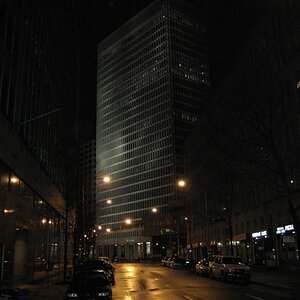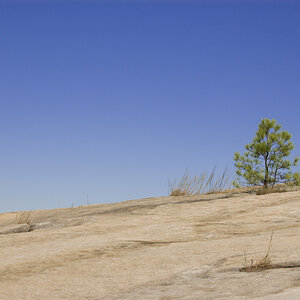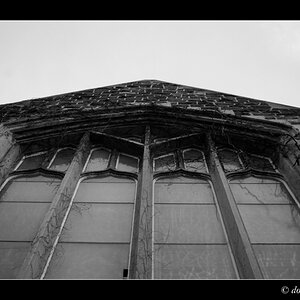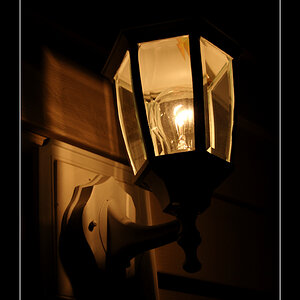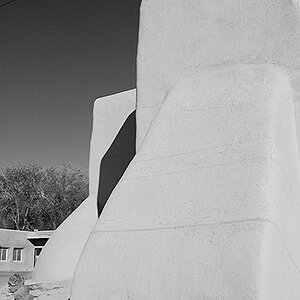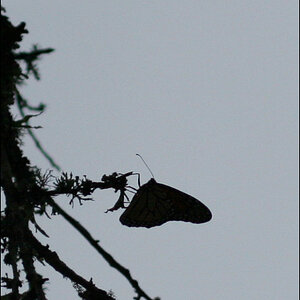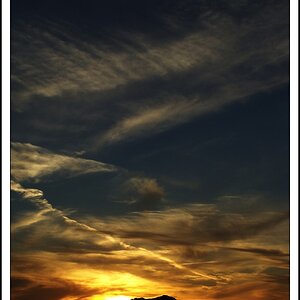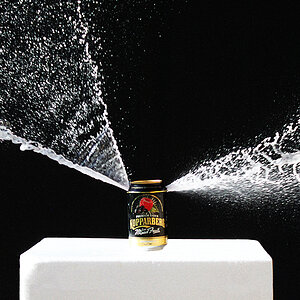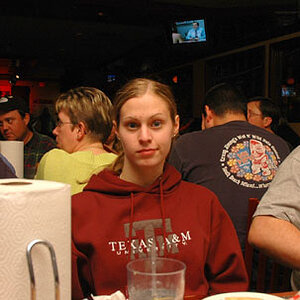Stosh
TPF Noob!
- Joined
- Jul 18, 2009
- Messages
- 203
- Reaction score
- 0
- Location
- Lancaster, PA
- Can others edit my Photos
- Photos OK to edit
I have come to trust and love Canon's auto ISO feature. I have a 5D II. When you're outside and the light is changing, you can pick your aperture and it will pick shutter speed and ISO based on it's calculation for how fast of a shutter you'll need depending on the lens you're using. It's also very handy for macro because the normal surface brightness rules fly out the window at higher magnifications. From what I can tell, the camera is smart enough to know if you're using an IS lens and allows a slower shutter speed so it can have a lower ISO. Is there any way to change the "formula" it uses to calculate this required shutter speed? The speed it chooses is always fine for web resolutions or small prints, but sometimes when you want more detail or a larger enlargement, it doesn't choose a fast enough shutter speed (or I'm not that good at holding the camera still).
Someone is sure to tell me to use full manual or set the ISO myself so the shutter speed will be fast enough. Duh. I could also pull out my 20 year old light meter, find my reference exposure chart, use a gray card, focus manually, and then never look at the LCD screen because that would be too technologically advanced. I'd just wait until my negatives were processed and printed. That would be a lot of fun. Obviously if I knew ahead of time that my shot was a potential poster size print, I'd do things manually. I love technology and try to use it when it can help me.
Someone is sure to tell me to use full manual or set the ISO myself so the shutter speed will be fast enough. Duh. I could also pull out my 20 year old light meter, find my reference exposure chart, use a gray card, focus manually, and then never look at the LCD screen because that would be too technologically advanced. I'd just wait until my negatives were processed and printed. That would be a lot of fun. Obviously if I knew ahead of time that my shot was a potential poster size print, I'd do things manually. I love technology and try to use it when it can help me.



![[No title]](/data/xfmg/thumbnail/39/39289-c5ea6a611707fdd5786347f4a67d63ae.jpg?1619738957)
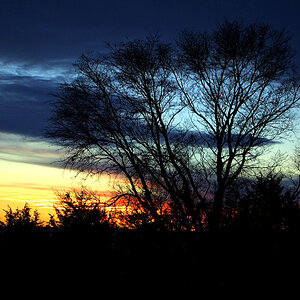
![[No title]](/data/xfmg/thumbnail/39/39293-55a527d2a9b287bf5e5b6d118abab22c.jpg?1619738958)
